By Lauren Freedman, Western Michigan University
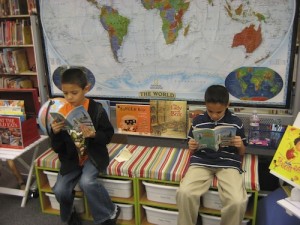 An inquiry framework provides both teachers and students with a flexible structure that can be used for learning prek-12 within any content area and perhaps most effectively when integrating content areas. An inquiry framework requires careful planning keeping both the learning goals and each student’s strengths and needs in mind. The importance of students’ choice and voice is honored and the use of text sets provides the tools for students and teachers to reach more deeply and broadly into and across concepts. Continue reading
An inquiry framework provides both teachers and students with a flexible structure that can be used for learning prek-12 within any content area and perhaps most effectively when integrating content areas. An inquiry framework requires careful planning keeping both the learning goals and each student’s strengths and needs in mind. The importance of students’ choice and voice is honored and the use of text sets provides the tools for students and teachers to reach more deeply and broadly into and across concepts. Continue reading


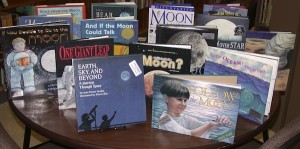
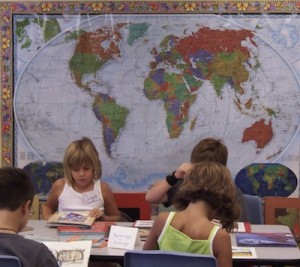

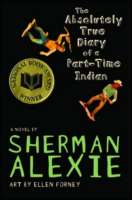 This week, we continue our exploration of authors as mentors—authors whose work and words contribute to our teaching of reading, writing, language, and culture. As we’ve mentioned in past weeks, we are interested in exploring a study of mentor authors whose work informs students as readers and writers but also as global citizens. We are now layering
This week, we continue our exploration of authors as mentors—authors whose work and words contribute to our teaching of reading, writing, language, and culture. As we’ve mentioned in past weeks, we are interested in exploring a study of mentor authors whose work informs students as readers and writers but also as global citizens. We are now layering  This week, we begin our exploration of some of our favorite authors whom we have looked to as mentors in our classrooms—authors whose work and words contribute to our teaching of reading, writing, language, and culture. Again, we draw upon the framework below for our initial selection of possible mentor authors when we embark upon such study with students. Additionally, we are currently deeply immersed in work with international issues, themes, and literature with both students and teachers in K-12 classrooms. We are now layering <a href="http://wowlit.org/blog/2011/04/04/reading-as-a-collaborative-act-a-framework-for-exploring-author-studies/#more-15955
This week, we begin our exploration of some of our favorite authors whom we have looked to as mentors in our classrooms—authors whose work and words contribute to our teaching of reading, writing, language, and culture. Again, we draw upon the framework below for our initial selection of possible mentor authors when we embark upon such study with students. Additionally, we are currently deeply immersed in work with international issues, themes, and literature with both students and teachers in K-12 classrooms. We are now layering <a href="http://wowlit.org/blog/2011/04/04/reading-as-a-collaborative-act-a-framework-for-exploring-author-studies/#more-15955 Many teachers are very hesitant to use graphic novels in their classroom. Much of the hesitation has to do with a personal lack of familiarity with this specific form of literature. For some, the use of graphic novels in the classroom is foreign and scary, some might not even see it as “literature,” while others are actually beginning to see the great advantage of using them to supplement student learning.
Many teachers are very hesitant to use graphic novels in their classroom. Much of the hesitation has to do with a personal lack of familiarity with this specific form of literature. For some, the use of graphic novels in the classroom is foreign and scary, some might not even see it as “literature,” while others are actually beginning to see the great advantage of using them to supplement student learning.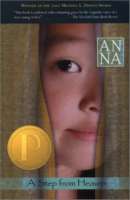 In
In 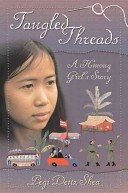 Immigrant students face significant challenges in balancing their home culture and American culture. In
Immigrant students face significant challenges in balancing their home culture and American culture. In